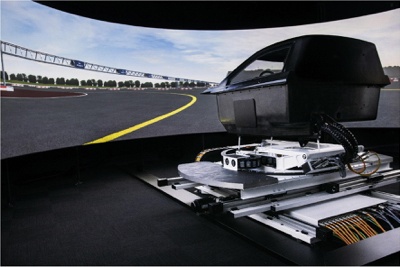 The benefits of composite materials are now widely appreciated in the automotive industry. From city cars to Indy 500 race cars, the unique blend of low weight and high stiffness offered by carbon fiber reinforced polymers (CFRP) and other composites has led to a surge in their use over recent years. But one company is taking this a step further, looking at how the innovative use of materials can enable virtual sign-offs in the digital domain as well.
The benefits of composite materials are now widely appreciated in the automotive industry. From city cars to Indy 500 race cars, the unique blend of low weight and high stiffness offered by carbon fiber reinforced polymers (CFRP) and other composites has led to a surge in their use over recent years. But one company is taking this a step further, looking at how the innovative use of materials can enable virtual sign-offs in the digital domain as well.
Developing cars
The life cycle of a car starts long before its release and before it hits the road. The road to market can be a very long one. Development and testing to maturity involves many complicated and time-consuming processes. Car manufacturers and race teams test their cars at company owned proving grounds or test tracks where roads have been designed to replicate real-world conditions. Cars are shipped all over the world to be driven in extreme conditions like the jungles of Brazil or the mountains of New Zealand. If a manufacturer misses the cold weather testing in Europe, cars and entourage are shipped or flown to New Zealand to complete the testing process.
Rise of simulation
Ansible Motion designs and builds Driver-in-the-Loop (DIL) simulators that are used by automotive constructors to develop and test vehicles in virtual worlds. Ansible Motion focuses on ‘engineering-class’ simulators that are so advanced that they can be used to validate road car safety vehicle systems, sign off vehicle settings and predict how a car will perform before actually creating a physical prototype cars.

Better than the real world
Done properly, DIL simulation can actually offer a variety of benefits over physical testing of prototype vehicles. However, its effectiveness hinges entirely on a simulator's ability to realistically engage human drivers / occupants. That's harder than it sounds, and one of the biggest issues is getting motion and vision systems to be responsive enough to convince real people that they are experienceing “real cars.”



